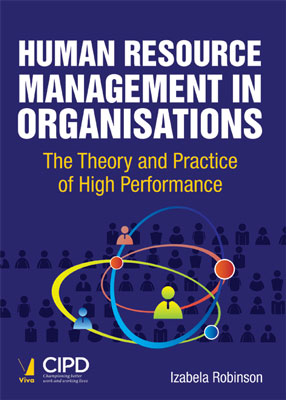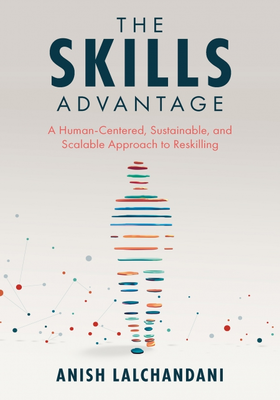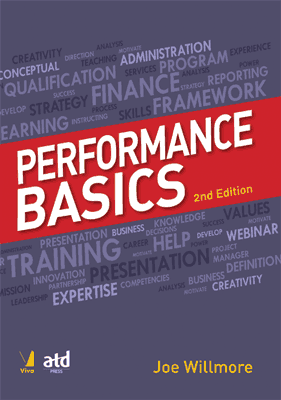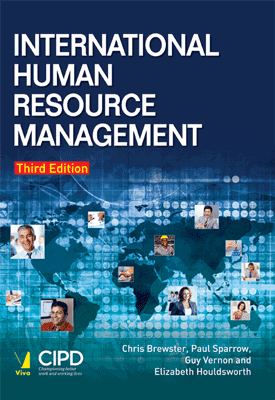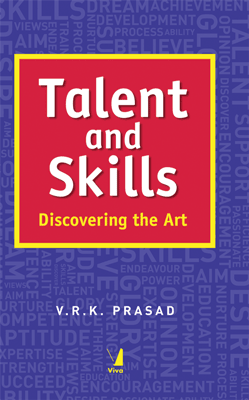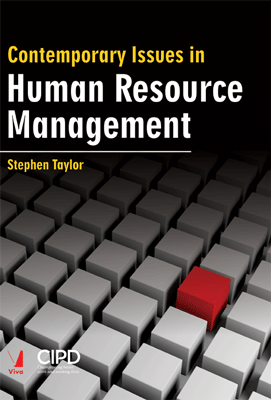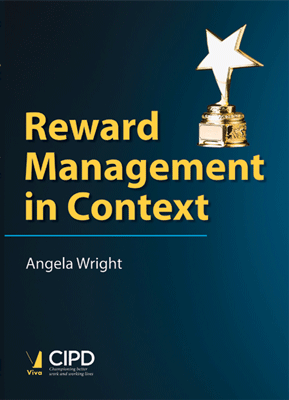Human Resource Management In Organisations
Human Resource Management In Organisations
The Theory and Practice of High Performance
₹535.50 ₹595.00 Save: ₹59.50 (10%)
Go to cartISBN: 9789386243966
Bind: Paperback
Year: 2017
Pages: 344
Size: 6.5 x 9.5 Inch
Publisher: Chartered Institute of Personnel and Development
Published in India by: Viva Books
Exclusive Distributors: Viva Books
Sales Territory: India, Nepal, Pakistan, Bangladesh, Sri Lanka
With the use of practical, real life case studies this text identifies and discusses key developments within a variety of organisations including the public sector, privatised utilities, Small Medium Enterprises and the not-for-profit sectors, and looks at Human Resource Management within an organisational context, providing links for students between these two areas of studies.
This book is ideal for use with undergraduates on 2nd or 3rd Level HRM or Business Studies courses.
This textbook also comes with a tutor websites with new resources including Powerpoint presentations
Target Audience:
This book is ideal for use with undergraduates on 2nd or 3rd Level HRM or Business Studies courses.
Contents:
List of figures and tables
Acknowledgements
Guided tour
Introduction
PART 1: THE CHANGING CONTEXT OF EMPLOYMENT
Chapter 1: The changing world of work • Introduction • The driving forces of environmental change • Political change • Economic internationalisation and globalisation • Socio-cultural change • Technological change • The impact and consequences of environmental change • Structural change • Organisational change • Flexibility • Change and continuity in the world of work • an evaluation of the evidence • Changing attitudes to work • The psychological contract • World-class high-performance organisations • Future workplace and HR scenarios • Key learning points • Additional reading • Web-based sources of information • References
Chapter 2: The link between people management and organisational performance • Introduction • Researching the link between people and organisational performance • Conceptualising the link between people and organisational performance • Best practice approaches • Bundles of HR practices • Quantifying the contribution of HR practices • Shortcomings of best practice and configurational approaches • Contingency approaches • Evidence to support contingency approaches • Shortcomings of contingency approaches • Resource-based approaches (RBV) • Limitations of the RBV approach • Unlocking the black box • moving to real strategic business contribution • Key learning points • Additional reading • Web-based sources of information • References
Chapter 3: Translating theory into practice • an appraisal of HR practice? Introduction • The take-up of progressive HR practice in organisations • Exploring the gap between research evidence and organizational reality • The structure of financial markets • Occupational management labour markets • The informal organisation • Power and politics in organisation • The HR role and function • The concept of human capital • External reporting of human capital • Internal measures of human capital • The extent and use of HR measurement • Key learning points • Additional reading • Web-based sources of information • References
PART 2: THE ORGANISATIONAL ARCHITECTURE OF HIGH PERFORMANCE
Chapter 4: People in organisations: discretionary behaviour, employee engagement and organisational performance • Introduction • Perspectives on individual behaviour • Individual perception and attribution • Attitudes, values and beliefs • Emotions • Discretionary behaviour • The relevance of discretionary behaviour • Discretionary behaviour and the psychological contract • Key learning points • Additional reading • Web-based sources of information • References
Chapter 5: Motivation, empowerment and discretionary effort? Introduction • Content and process theories of motivation • The hierarchy of needs • Herzberg's ( 8) two-factor theory of motivation • Process theories of motivation • The relationship between motivation and job design • Scientific management • The human relations approach • Techniques of job design • The relationship between motivation and reward • The relationship between motivation, job satisfaction and job performance • Autonomous teamworking • Employee engagement and empowerment • Employee engagement, empowerment and the psychological contract • Key learning points • Additional reading • Web-based sources of information • References
Chapter 6: Investing in human capital: attracting, securing and retaining talent and ability? Introduction • Individual difference • Personality • Equality of opportunity and diversity • Human resource planning • Forecasting demand for labour • Forecasting internal supply • Forecating external supply • Reconciling demand and supply • A systematic approach to recruitment and selection • Job analysis • Job descriptions and accountability profiles • Person specifications • Competency frameworks • Recruitment methods • Selection methods • Evaluating the effectiveness of recruitment and selection • Retention • Key learning points • Additional reading • Web-based sources of information • References
Chapter 7: Developing skills and ability for high performance: training, learning and development at work • Introduction • Defining the terminology of learning and development • Learning • Training • Development • Education • Conceptualising learning • an overview of key theories • Behaviourist perspectives on the learning process • Cognitive approaches • Social learning • Humanist perspectives on learning • Implementing training, learning and development • Key trends and developments in learning and development • Skills shortages • The nature of training and development provision • Changing use of learning and development practices • Management and leadership development • The contribution of learning and development to organisational effectiveness • Coaching • E-learning • Blended learning • Creating a climate conducive to learning and development • The learning organisation • Evaluating the learning and development contribution • Key learning points • Additional reading • Web-based sources of information • References
Chapter 8: Managing and rewarding performance at work, Kevin Lamb? Introduction • Designing appraisal systems • Types of appraisal systems • Objective-setting systems • Behaviourally-anchored rating scales (BARSs) • Simple rating systems • Critical incident systems • Blank sheet appraisal • Deciding who to involve • Self-appraisal • 360-degree appraisal • Appraisal in context • The appraisal interview • Post-interview follow-up • Integrating employee development with performance management • Financial and non-financial rewards • Individual differences and rewards • Expectancy theory and performance management • Individual performance-related pay • Key learning points • References
Chapter 9: Managing individual and collective relationships at work, Dorothy Foote • Introduction • Defining relationships at work • Perspectives on the employment relationship • Collectivism v individualism • Union recognition • The psychological contract • Gaining and building employee commitment through employee involvement and participation • EIP and the performance link • Managing conflict • Sources and manifestations of conflict • Conflict resolution strategies • Key learning points • Additional reading • Web-based sources of information • References
PART 3: OPTIMISING AND SUSTAINING HIGH PERFORMANCE
Chapter 10: Leadership, Linda Lee-Davies? Introduction • Concepts and theories of leadership and the leadership role in high-performance organisations • Early warfare (ballistics) • People care (holistics) • Competition • Intuition • Definition • Group-based approaches to leadership • Creating and implementing the vision • Effective leadership and role modelling • Key learning points • Additional reading • References
Chapter 11: HRM and the management of strategic organisational change? Introduction • Conceptualising organisational change • The management of organisational change • Analysing future state • Analysing the current state • Transition state • Overcoming barriers to change • The HR role in managing strategic organisational change • Key learning points • Additional reading • Web-based sources of information • References
Index
About the Author:
lzabela Robinson, B.A., M.A., Ph.D. is a senior lecturer at Northampton Business School, The University of Northampton. She teaches on a range of HRM programmes. Her research interests include international HRM and labour relations in post-socialist Poland. She is a Fellow of the ClPD and worked previously as a personnel manager in the printing, publishing and footwear industries.
